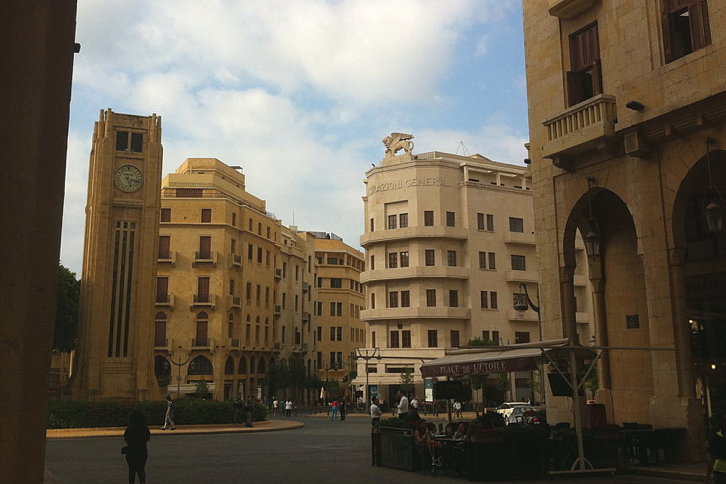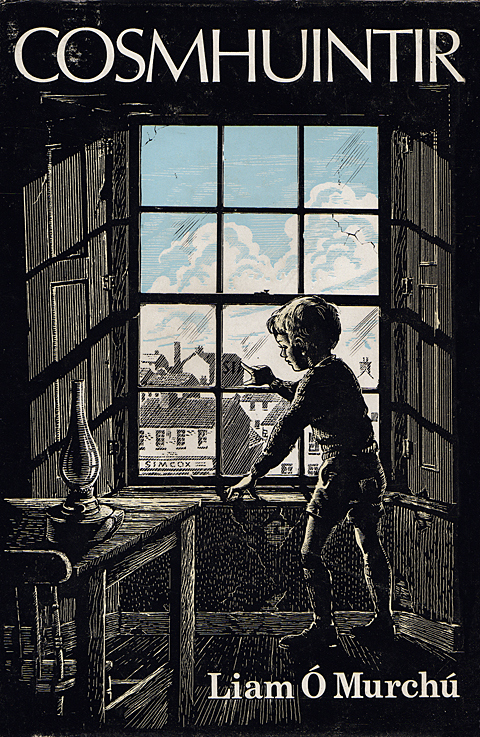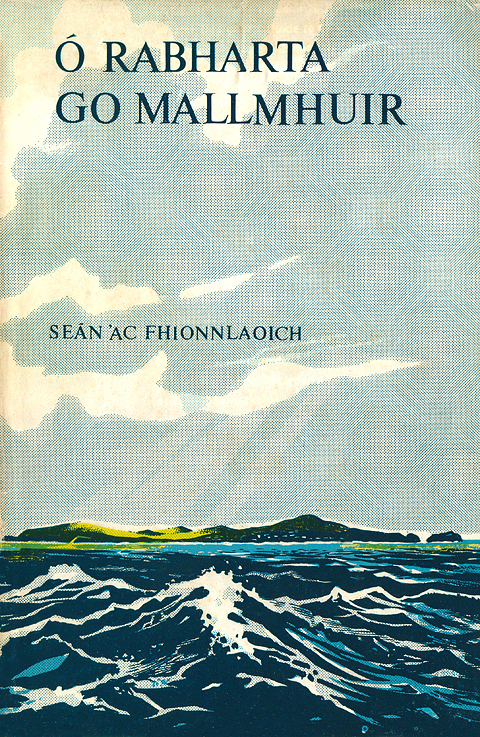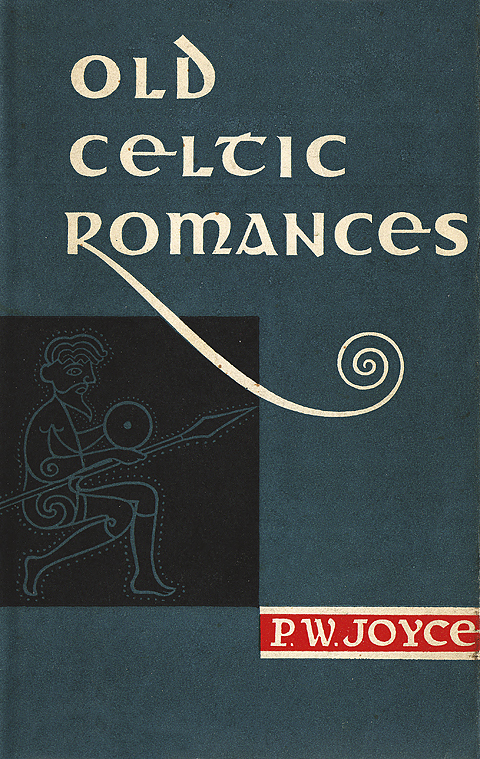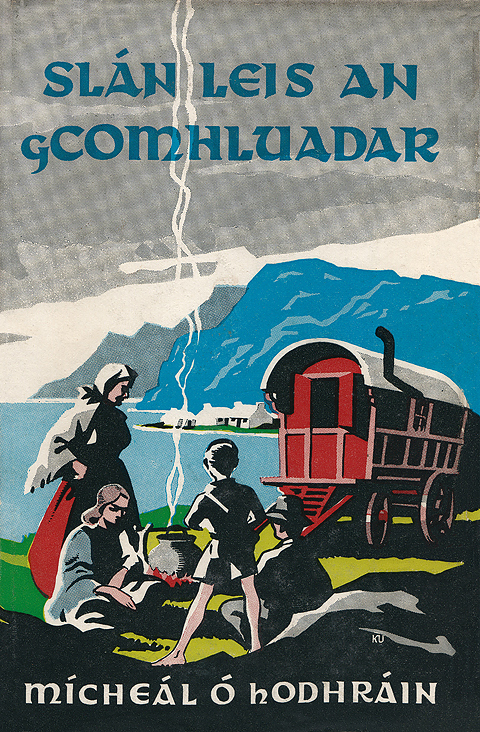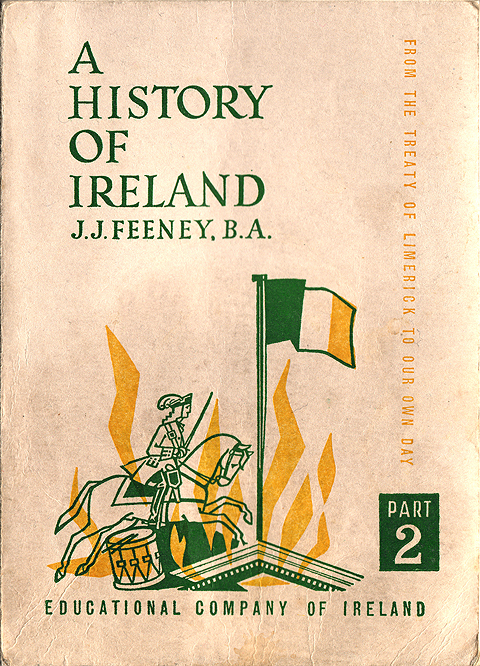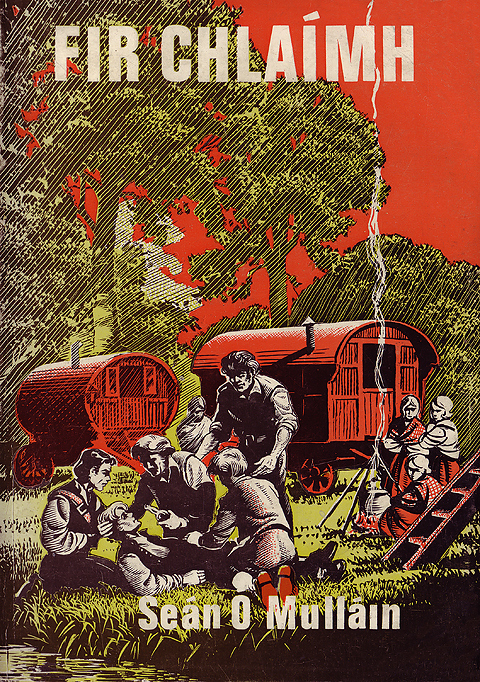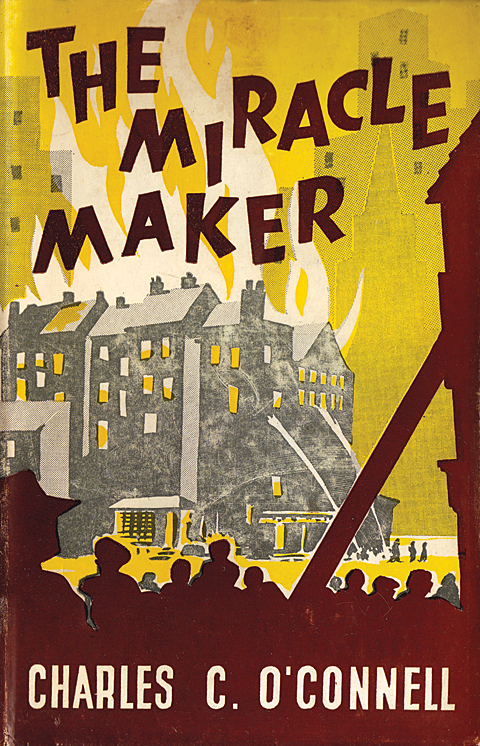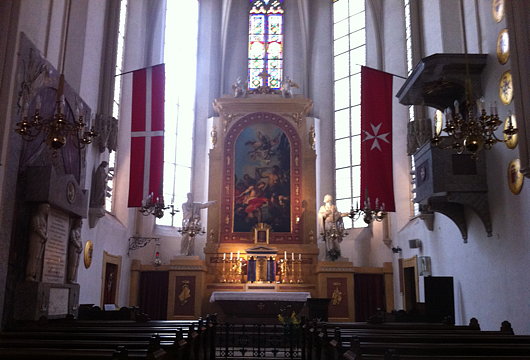World
About Andrew Cusack
 Writer, web designer, etc.; born in New York; educated in Argentina, Scotland, and South Africa; now based in London.
Writer, web designer, etc.; born in New York; educated in Argentina, Scotland, and South Africa; now based in London. read more
News
Blogs
Reviews & Periodicals
Arts & Design
World
France
Mitteleuropa
Knickerbockers
Argentina
The Levant
Africa
Cape of Good Hope
Netherlands
Scandinavia
Québec
India
Muscovy
Germany
Academica
Lebanon Diary
Early evening sun illuminates the pendentives and architraves of the Maronite church. Discoloured prints of numerous saints — of East and West — crowd one of the few side altars. The Arabic numerals indicate the date of its dedication: 1971 — before the war.
Without internet in a remote village in northern Lebanon, elevation 500 ft, we are cut off from the outside world. Word reaches us of a military coup in Egypt. (I hate missing a coup!) The reactions are a mixture of relief and caution, and a little wonderment at how things must have moved very quickly. Curiosity is sparked as to what else is going on in the world outside Sourat.
Dappled sunlight. Unfamiliar saints. A lizard scurries past, its long processional tail trailing behind it.
D.G. of the Financial Times drops in and brings that commodity we most desire: news from elsewhere. I quiz him on the coup in Egypt, how it played out, how it was orchestrated, and what he thinks of it, but there is little time.
At night, reading Ian Fleming’s From Russia With Love on the terrace with a Gauloise and a bottle of Almaza. Two wolves cry in the distance and I remember hearing the snorting of a wild boar a few nights previous. One chased Emmanuel on his way back from ‘the Palace’ (as we have dubbed the Abouna’s house, where the honoured guests stay) and was shot and killed — the photos of the quarry being displayed on an iPhone handed round.
The night is punctuated by the sound of repeated explosions in the distance. Luckily these are fireworks — a particular Lebanese obsession. It seems symptomatic of the Lebanese mentality that — having spent so long being so close to death — it is necessary to celebrate being alive. One may as well have a good time, and the Lebanese are experienced at having a good time.
In the car on the way to the pharmacy, Mahe our indispensable handyman (and a refugee) talks to Niall about Syria. “Syria. Big war. Boom boom. Muslims fight Assad. Assad fight Muslims. Big war.”
BUILD! BUILD! BUILD! Beirut is abuzz with cranes and construction and wood boarding over the site of new projects. That tower wasn’t there last year, was it? No. And doubtless by next year new spires will scrape the sky over St George’s Bay, where the saint slew the dragon. Is he dormant there beneath the waters still? Something lurks perpetually beneath the Lebanon, occasionally raising its head above the surface in open violence. Just then a Hezbollah building in the southern suburbs is bombed. The list of assassinations in this country’s history is long and depressing, from that of Maarouf Saad which (arguably) sparked the fifteen-year Civil War, and of course the former prime minister Rafik Hariri’s killing in 2005. Even since Hariri’s death, no fewer than twelve Lebanese public figures have been assassinated.
Have you ever been to Rafik Hariri’s tomb? It’s a slightly vulgar thing, still shrouded in its temporary marquee, giving it a somewhat transient feel, as if it might up sticks and away to Sidon or Tripoli at a moment’s notice. We nipped in the other day after a trip to the adjacent mosque he had built, completed in 2007 with its brilliant blue dome. The mosque’s design is traditional but not entirely perfect. The massive crystal chandelier hanging from the vast central dome is impressive but perhaps a bit much. Somehow, we are deprived of ancillary spaces: going through the main entrance one feels a certain lack of procession. No narthex, no nave, you just take off your shoes, step through the open doors, and are there. Why not one of those spacious courtyards which grace so many older mosques? Land in Beirut doesn’t come cheap.
Of course, when it was completed it was noticed that the minarets overshadowed the campanile of the adjacent Maronite cathedral, which meant the Catholic bell-tower had to be rebuilt to be at least the same height as the Sunni minaret, or perhaps an inch taller. Just to be on the safe side.
We had arranged to meet G. and the others twenty minutes later at the Grand Café on the Place de l’Étoile, which was a silly idea. A wedding was finishing at St George’s, the Greek cathedral, as we rolled up and we joined in the applause for the happy couple when they exeunted the church. In between, however, we nipped in to Hariri’s tomb, or perhaps shrine is the more appropriate word. It is choc-a-bloc with oversized portrait photographs of the smiling premier in his prime — a mix of political, semi-tribal, and religious devotion. The soldiers guard it nonchalantly and seem glad for some visitors on a Saturday afternoon. One presumes plans are being made for some grand mausoleum to supersed the transient tent with its faint hint of a vagabond yurt. We had to move on to a rather trendy place in Gemmayze, Mo stopping along the way as he ran into friends.
These nuns are magnificent: it is impossible to respect them enough. They do an impossible task taking care of so many physically and mentally handicapped, on very little resources. They take anyone and everyone under their wing — Christian, Muslim, Druze, whatever. Their founder, Abouna Yaacoub (Père Jacques), is up for canonisation and the fruits of his foundation are still flowering. We’ve visited a number of the care homes they run — in Antelias, Dar al Kamar, etc. — and while the conditions are very basic I think the love these nuns have shines through. They have devoted their entire lives to serve these men and women who often, ignored and forgotten, have no one else. They are also completely clued in; you wouldn’t be able to get anything past them. The Mother Superior’s mobile rings, she answers and buzzes off away to put something right.
Arabic is a beautiful language, though at its most beautiful when spoken by women. (But then: isn’t every language?)
“Our relationship to France is completely different. We were never a colony, only a protectorate, a mandate. My grandparents still refer to France as the mother country.” Still, the decline of the French language here is noticeable, as is the concurrent advance of English. The new global tongue dominates billboards and advertisements, not to mention the radio. In some places in the countryside, I’ve seen new streetsigns in Arabic first and English second: no French. (Beirut seems to have escaped this phenomenon).
If Lebanon ever loses the French language, it will lose part of itself. But the Lebanese, who have many admirable qualities, are expert businessmen — merchanting is in their blood — and English is the language of business. Not just business, but culture too: if you’re given a handbill advertising some small art show or exhibition, it’s invariably in English.
An evening party at a family home in Bsous, on the hills overlooking the capital. Everything is simply perfect. R, S, and I sit down amidst the grove of olive trees and immediately a small table with nibbly things is moved to just before us for our convenience. Beer, wine, and merriment flow and while the pool shines glows eerily as the lights of Beirut twinkle before us. Our hosts speak little English but we make do with French. P.A. claims (in that way that he often does) that P.’s father is so brilliant he was Minister of Finance to both Lebanese governments during the Civil War. When was this house built? 1890s? 1910s? It’s hard to tell. It suffered during the war but has been restored well and sensibly. Its location is beyond envy and I only wish we were here during the day to see the view across Beirut to the Mediterranean beyond.
Some Aspects of the Fall of the Fourth Republic
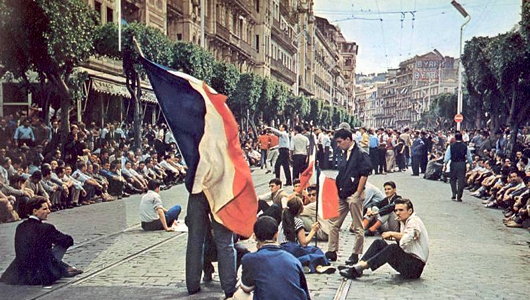
(Only interesting, I’m afraid, to those reasonably acquainted with the situation of France in May 1958)
• The French-Algerian instigators of the military rebellion led by Salan didn’t know what to make of him when he was first appointed to Algeria so they decided, just to be on the safe side, to assassinate him on his first day on the job. Salan survived the bazooka attack on his office but his ADC was killed. The general later became the only socialist freemason to lead a right-wing terror group (the OAS).
• Once the Algiers rebellion commenced and travel between Algeria and metropolitan France was cut, many supporting figures made their way across the Mediterranean by whatever means at hand. Soustelle managed to escape his police guards and get to Algiers via a secretly chartered Swiss plane, but the more romantically inclined Roger Frey — later Minister of the Interior — first tried to get to Algiers on the actor Errol Flynn’s yacht. It didn’t pan out, and instead he was forced to hire the boat of an English ex-naval officer turned smuggler.
• The man in charge of wiretapping French telephones was unsure which side would emerge on top so cautiously refrained from giving the government the full picture of the information his wiretaps revealed.
• When Corsica was seized by the rebels, Moch, the Interior Minister, decided to send in the elite of the police force, the CRS. He was afraid, however, that military transport planes would fly them directly to Algeria, so he was forced to commission Air France planes instead. Upon landing in Corsica, the entire CRS contingent was met by the rebel parachute regiment and immediately defected to the rebellion.
• So widespread was the reluctance to support the government against the military rebels that even the meteorologists send false warnings of storms in the Mediterranean in the hopes of keeping the French Navy from moving against the rebels in Algiers.
• The air force was particularly keen for de Gaulle to take power, and took to flying planes in a Cross of Lorraine formation, as well as sending troop transport planes to Algeria in case they would be needed to invade mainland France.
• Regional military commanders in France varied in their loyalty to the government and sympathy for the rebels. One commander is alleged to have told the regional prefect “M. le Préfet, I am not here to defend your préfecture, but to take it.” Other prefects warned the cabinet that any orders for the police to arrest those suspected of aiding the rebellion might result in the prefects instead being arrested themselves.
• The government had sometimes ordered firemen to unleash their water hoses against rioters in the past. As popular support for the cabinet faded away, the head of the fire brigade felt compelled to inform ministers that his men would not take part in any anti-riot measures but would merely put out any fires that erupted. “And,” he said, referring to the home of France’s National Assembly, “in the Palais Bourbon, they wouldn’t bother.”
• As Philip Williams reports in his article “How the Fourth Republic Died”:
At that night’s cabinet Pleven summed up: “We are the legal government, but what do we govern? The Minister for Algeria cannot enter Algeria. The Minister for the Sahara cannot go to the Sahara. The Minister of Information can only censor the press. The Minister of the Interior has no control over the police. The Minister of Defence is not obeyed by the army.” Said a left-wing Gaullist in the Assembly, “You are not abandoning power — it has abandoned you.”
No. 6, Burlington Gardens
Sir James Pennethorne’s University of London
German university buildings are an (admittedly unusual) obsession of mine, and I’ve often thought that No. 6 Burlington Gardens is London’s closest answer to your typical nineteenth-century Teutonic academy’s Hauptgebäude. And the connection is appropriate enough, as No. 6 was built in 1867-1870 for the University of London in what had once been the back garden of Burlington House (which at the same time became home to the Royal Academy of Arts). Despite the building’s Germanic form, the architect Sir James Pennethorne decorated the structure in Italianate detail, providing the University with a lecture theatre, examination halls, and a head office. Pennethorne died just a year after drafting this design, and his fellow architects described it as his “most complete and most successful design”.
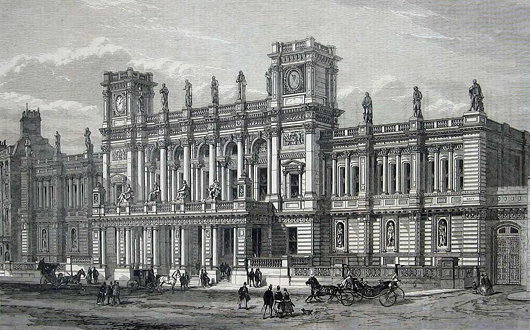
The University of London was founded as a federal entity in 1836 to grant degrees to the students of the secularist, free-thinking University College and its rival, the Anglican royalist King’s College. It now is composed of eighteen colleges, ten institutes, and a number of other ‘central bodies’, with over 135,000 students.
Since its founding, the University had been dependent upon the government’s purse for funding, as well as for housing. Accomodation was provided in Somerset House, then Marlborough House, before evacuating to temporary quarters in Burlington House and elsewhere. It was not until the 1860s that Parliament approved the appropriate grant for a purpose-built home for the University to be erected in the rear garden of Burlington House. (more…)
The Legacy of 1916
The commemoration of the 1916 rebellion takes place at Arbour Hill prison, where the earthly remains of the executed leaders of the Easter Rising were laid in a pit by the British military authorities. Some of the rebellion’s leaders who did not face the firing squad, most prominently Éamon de Valera and Countess Markievicz, founded Fianna Fáil ten years later in 1926.
Micheál Martin’s address is presented here without comment.
Every state should take time to commemorate and celebrate the people and events of their founding. This commemoration is organised by Fianna Fáil the Republican Party, but we come here as Irish men and women to fulfil our responsibilities to the great generation of 1916.
After 97 years their deeds resonate even more than ever. They saw an Ireland which should not accept limits on its future. They committed everything to the vision of a country with the right to shape its own destiny.
As we quickly approach the centenary of the Rising no one can doubt that the Irish people see the men and women of 1916 as noble and courageous. No one can question their central place in our history. (more…)
The Palace of Holyroodhouse
HOLYROOD IS SUCH a pleasant spot, despite the recent intrusion of an ostentatiously ugly government building designed by a Spanish architect. The other day, while visiting Edinburgh, I heeded the recommendation of the Prettiest Schoolteacher in Clackmannanshire to sample the burger at the Holyrood 9a. It was quite delicious, though not perfect, and was splendidly washed with a pint of Kozel (most un-Caledonian, I concede, but you can get Deuchars in London, you know).
Afterwards, our little party decided to have a little wander down Holyrood Road towards the Palace of Holyroodhouse, the epicentre of the Scottish monarchy.

Nestled between Calton Hill and Salisbury Crags, the Palace sits at the end of the Royal Mile that runs between it and Edinburgh Castle. With the Old Town to its west, the expanse of Holyrood Park flows off to the south and east of it. (more…)
The Lady Altar
The Oratory Church of the Immaculate Heart of Mary,
Brompton Road, London
In the south transept of the Brompton Oratory is the altar dedicated to the Blessed Virgin, perhaps the finest altar in the entire church. It is a favourite place for getting in a few prayers and offering a candle or two or three or four. At the end of Solemn Vespers & Benediction on Sunday afternoon (above) it is where the Prayer for England is said and the Marian antiphon sung.
The Lady Altar was designed and built in 1693 by Francesco Corbarelli of Florence and his sons Domenico and Antonio and for nearly two centuries stood in the Chapel of the Rosary in the Church of St Dominic in Brescia. That church was demolished in 1883, and the London Congregation of the Oratory purchased the altar two years beforehand for £1,550.
The statue of Our Lady of Victories holding the Holy Child had previously stood in the old Oratory church in King William Street, and the central space of the reredos was slightly modified to house it. The Old and New Worlds are represented in the flanking statues, which are of St Pius V and St Rose of Lima — both by the Venetian late-baroque sculptor Orazio Marinali. The statues of St Dominic and St Catherine of Siena which now rest in niches facing the altar were previously united to it, and are by the Tyrolean Thomas Ruer.
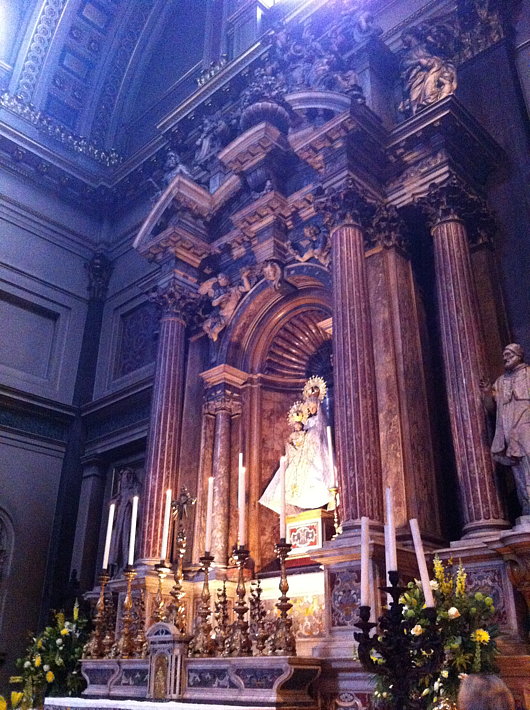
Vienna Views
My written views of the city you will have to wait for (presuming they ever see the light of day), but here are a few photographic impressions from my jaunt to the Kaiserliche Hauptstadt. (more…)
University Nicknames in South Africa
In the course of reading any South African newspaper article about universities, the unacquainted reader may be confused by some of the terminology involved. “Maties Slaughter Ikeys” is a common enough headline prototype — given that, I think, the last time the Ikeys (University of Cape Town) beat Maties (Stellenbosch) in rugby, a white man was president.
What are these mystical nicknames for South Africa’s universities, clouded in mystery to the outsider? Here is a handy guide. (more…)
The Cathedral of the Bronx
The Augustinian Church of St Nicholas of Tolentine
The Church of St Nicholas of Tolentine dominates the busy intersection of University Avenue and West Fordham Road in the Bronx. The parish was erected by the archdiocese in 1906 and has been served by Augustinians ever since then. The present church is a modern gothic creation from 1927, and probably one of the most handsome Catholic churches in the borough — it is often nicknamed “the cathedral of the Bronx”. (Though that style is sometimes also ascribed to St Jerome’s in Mott Haven).
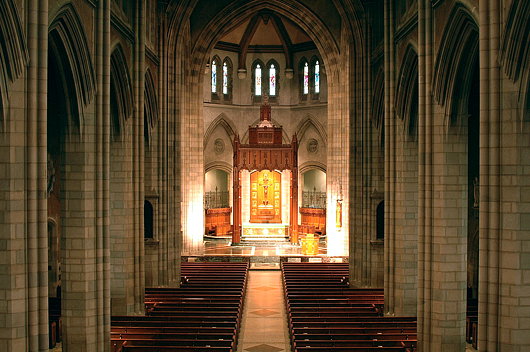
The church is of suitably grand proportions, but the effect is somewhat diminished by the unfortunate use of bulky wooden pews. They are ill-suited to such a large church, and detract from the spaciousness of the interior. This is unfortunately a very frequent problem in the United States, where clumsy pews crowd even great cathedral churches like St Patrick’s in Manhattan or the glorious Cathedral Basilica in St Louis. Regardless, St Nicholas of Tolentine is a splendid ornament in this borough of many churches. (more…)
Irish Vienna
THE IRISH, of course, have a long history of interaction with Mitteleuropa, and with Vienna in particular, from the earliest days. After all, one of Vienna’s most prominent churchs is the Schottenstift which was founded in 1155 when Henry II invited monks from the Irish monastery at Regensburg to start an abbey in the capital of his margraviate (Austria was elevated to a duchy the following year, I think).
The Schottenstift and Schottenkirche are often known as the “Scottish Abbey”. This confusion results from the fact that Ireland was formerly known as Scotia in Latin. It was some time before Ireland became known as Hibernia and Scotland as Caledonia. (Scotland literally means “land of the Irish”).
Happily these links continue today. While recently staying in Vienna with a Galwegian friend of mine, a most devoted follower of Saint Coloman, I noted the Irish contents of his flat. (more…)
Beauty and Revolution
“Schönheit und Revolution: Klassizismus 1770-1820”
Städel Museum, Frankfurt am Main
WHEN IT COMES to styles, I am an omnivore. There are die-hard partisans, like Pugin, but I find the Baroque, the Gothic, the Classical — all are welcome to me. There is always some tiresome bore who, upon hearing any particular style of art or architecture praised, will immediately launch into a tirade against the more negative connotations commonly associated with that style. Gothic is close-minded! Mannerism is affected! The Biedermeier is bourgeois!
Well… ok… to an extent. But, in truth, we brush aside these pedants and appreciate whatever is beautiful wherever it is to be found. Art in its many forms is a giant sponge to squeeze and collect, savor, what comes out of it. (more…)
The Malteserkirche, Vienna
I happened to stumble upon the Order of Malta church in Vienna while meandering down the Kärntner Straße in the middle of a snowy day. It’s a small and relatively simple church consisting of a Gothic nave with an organ gallery. The Order has occupied the site since 1217, though the bulk of the current church dates from the fifteenth century. In 1806, Commander Fra’ Franz von Colloredo had the façade remodelled in the Empire style fashionable at the time. The altarpiece, a painting by Johann Georg Schmidt depicting the Baptism of Jesus by John the Baptist, is from a few decades earlier in 1730, and there is a splendid Neoclassical monument to Jean de la Valette including telamonic Saracens. The church is also decorated with forty coats of arms: five of grand priors, one cardinal, a grand commander, twenty-nine commanders, and one bailiff.
The Kaiserforum
The Unrealised Vision of an Imperial Forum for Vienna
SIDLING UP THE KOHLMARKT and entering the Hofburg through the Michaelerplatz is a glorious architectural experience, but viewing Vienna’s imperial palace from the Ringstraße end, one is left with a certain awkwardness. This is because what is now the Heldenplatz, open to the neighbouring Volksgarten, was conceived as part of a great imperial forum, the Kaiserforum, but the scheme has been left incomplete.
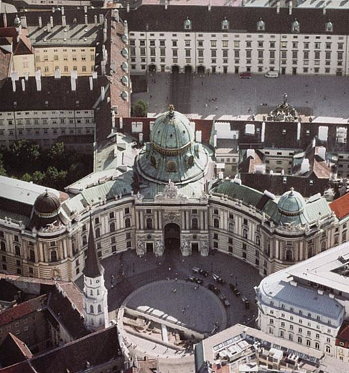
The original impetus for this forum was the plan to build the identical Kunsthistoriches Museum and Natural History Museum across from the Hofburg next to the former imperial stables. Emperor Franz Joseph held a closed competition for four invited architects — Carl Hasenauer, Theophil von Hansen, Heinrich Ferstel, and Moritz Löhr — to conceive of an overall scheme to expand the Hofburg in order to provide an architectural connection to the two new museums. (more…)
Squabbles Over Szekler Flag
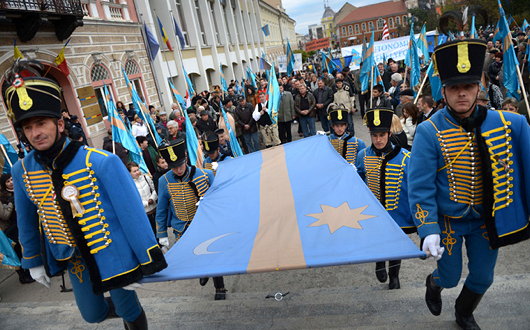
In Transylvania, a “flag war” has broken out between Romanian politicians and the representatives of the Hungarian-speaking Szekler people. As România Libera reports, no one is offended by flying the old Hapsburg flag over the fortress of Alba Iulia (De: Karlsburg, Hu: Gyulafehérvár), the Romanian government takes umbrage at the appearance of the blue-and-gold flag of the Szekler (or Székely) people who live primarily in three of Transylvania’s counties. (more…)
London Lately
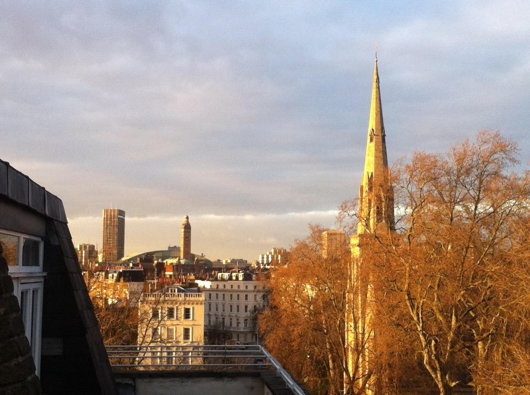
From a Pimlico rooftop, Friday afternoon.
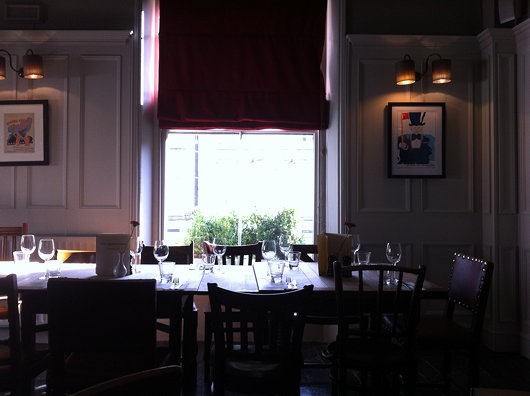
At lunch, Friday.
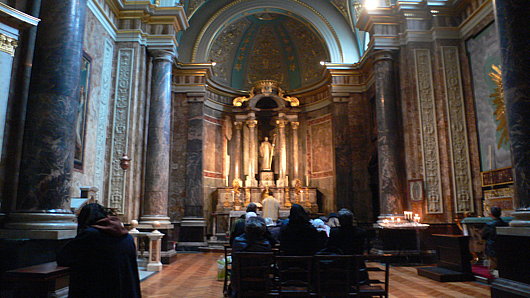
A Saturday Mass in St Wilfrid’s Chapel, the Oratory.
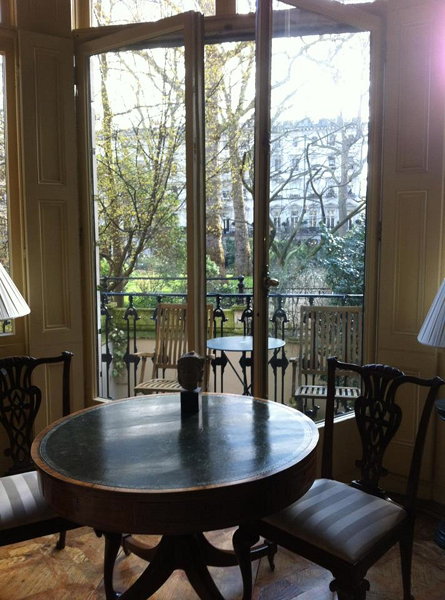
A surprisingly sunny afternoon, yesterday in Ennismore Gardens.
The most beautiful city never built
Ernest Gimson’s Canberra
Whenever I’m in in Westminster Cathedral, I feel obliged to nip in to and say a prayer in the chapel dedicated to St Andrew. The apostle is my patron many times over: in addition to being my name-saint, he is the patron of the university, the town, and the country in which I spent four luxurious years. His is one of the most finely decorated chapels in the cathedral, and boasts a beautiful mosaic depiction of the ‘Auld Grey Toun’ above the arms of the donor, the 4th Marquess of Bute. (His father, the eccentric 3rd Marquess, had been Lord Rector of the University of St Andrews.)
Stumbling upon the genial Cathedral Historian, Patrick Rogers, the other day, he shared with me that the stalls and kneelers in St Andrew’s Chapel are widely considered the finest works of arts-and-crafts furniture design in all of Great Britain. They are the creation of a man I had never heard of: the craftsman, designer, and architect Ernest Gimson.
An unfamiliar name is always a potential new avenue of knowledge down which to saunter, and so it proved with Ernest Gimson. His talent at furniture is undoubted but, given my obsession with architecture, it was instead that field of his expertise which particularly drew me in. It was then that I discovered his submission for the 1911-1912 Australian Federal Capital Competition.
The British colonies in Australia federated in 1901, and the dispute between Sydney and Melbourne as to which would be the capital of the youthful nation was settled by agreeing to build a new planned city within New South Wales (the state Sydney is in) but not more than 200 miles from Melbourne.
Ten years later, an international competition was announced to determine the design for this new capital being created ex nihilo on the banks of the Molonglo river, which was given the name of Canberra.
Of the 137 entries received, many of them were very handsome, but some of them were frankly awful. Rather than have a team of architects, artists, or urbanists choose the winning design, the Minister for Home Affairs, Mr King O’Malley, was the sole decision-maker.
He eventually chose the plan submitted by the Chicago architect Walter Burley Griffin, awarding a second prize to Eliel Saarinen of Finland, with third prize going to Alfred Agache of Paris.
The design I would have chosen, however, was Ernest Gimson’s.
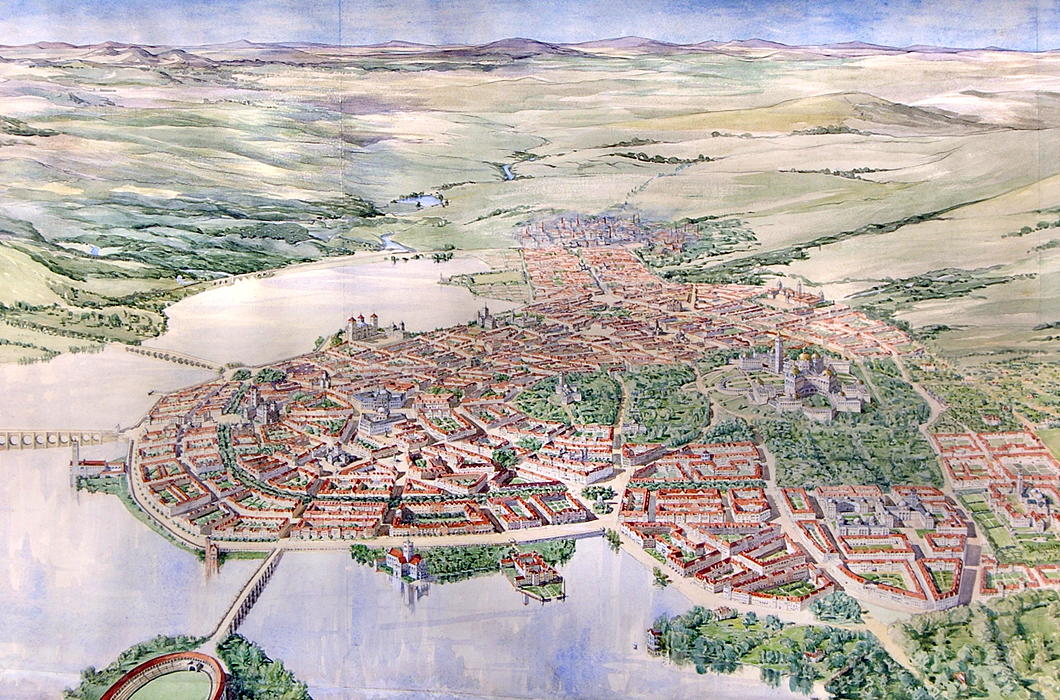
Gimson designed a compact capital city of 25,000 inhabitants that would be able to support itself based on neighbouring farms and small-scale industry.
The city is entirely concentrated along the south bank of an artificial lake and centred on a wooded park containing Kurrajong Hill and Camp Hill, with the streets of the city radiating down from there toward the lakeside.
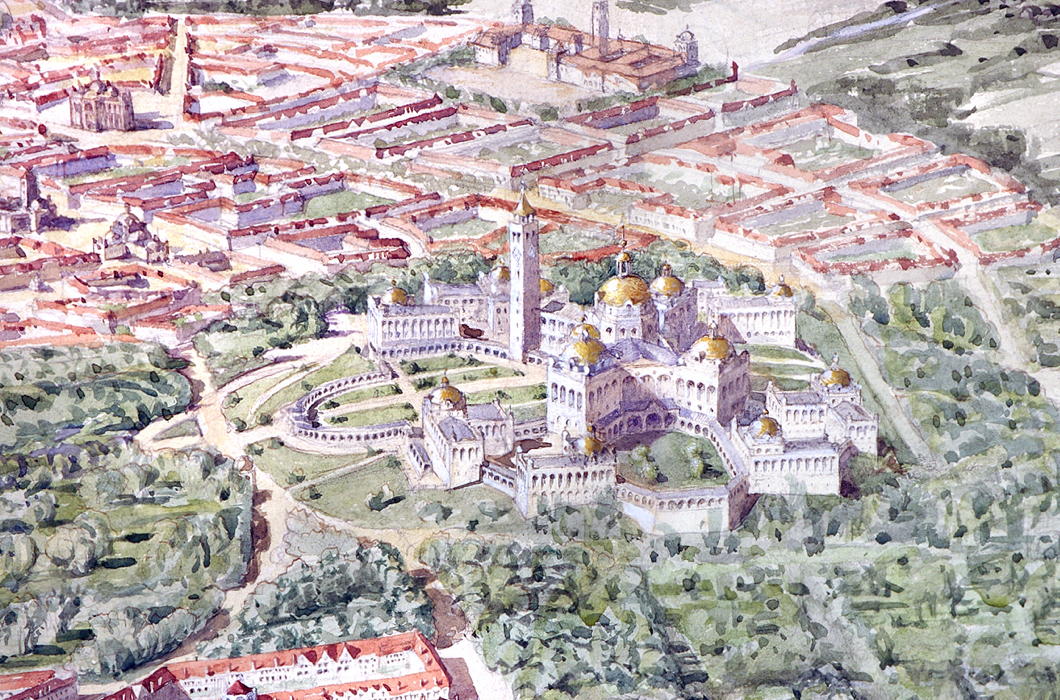
Kurrajong Hill, with its dominating position over the city, was selected for the Houses of Parliament, with eight departmental buildings surrounding it on a lower terrace.
Official residences for the Governor-General and Prime Minister are located nearby, each with six acres of private grounds.
The State Hall is located atop the adjacent, slightly lower, Camp Hill, with the Printing Office and Mint located at either side, where the park ends.
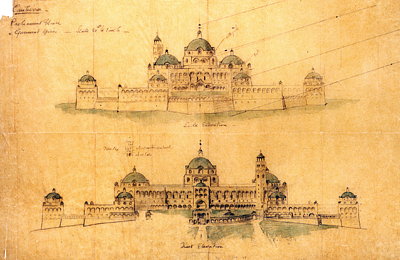
North-west of Kurrajong is the City Hall, flanked by the Courts of Justice, with its main entrance facing towards the central park.
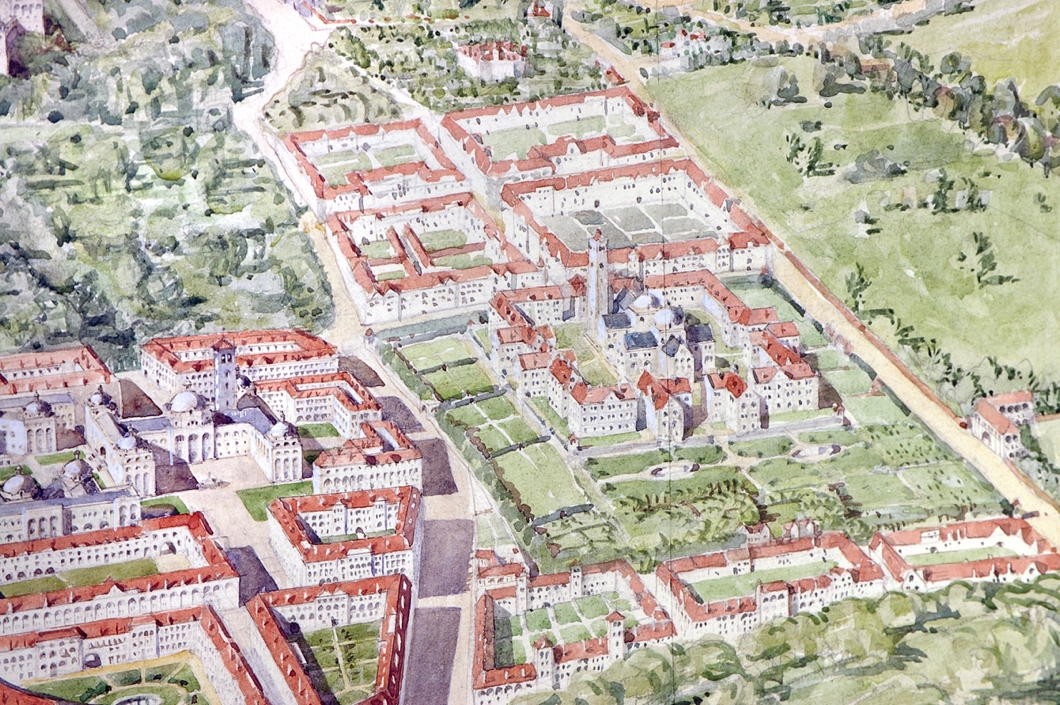
On a small hill nearby is the University, its double-domed central block surrounded again by ancillary buildings on a lower terrace. Playing fields are allotted nearby.
The market is located on the east side “with a covered arcade for the stalls enclosing an open square”, alongside a market house and technical colleges.
The Cathedral rises from the center of the city proper and forms an axis with the State Hall on Camp Hill and the Houses of Parliament atop Kurrajong.
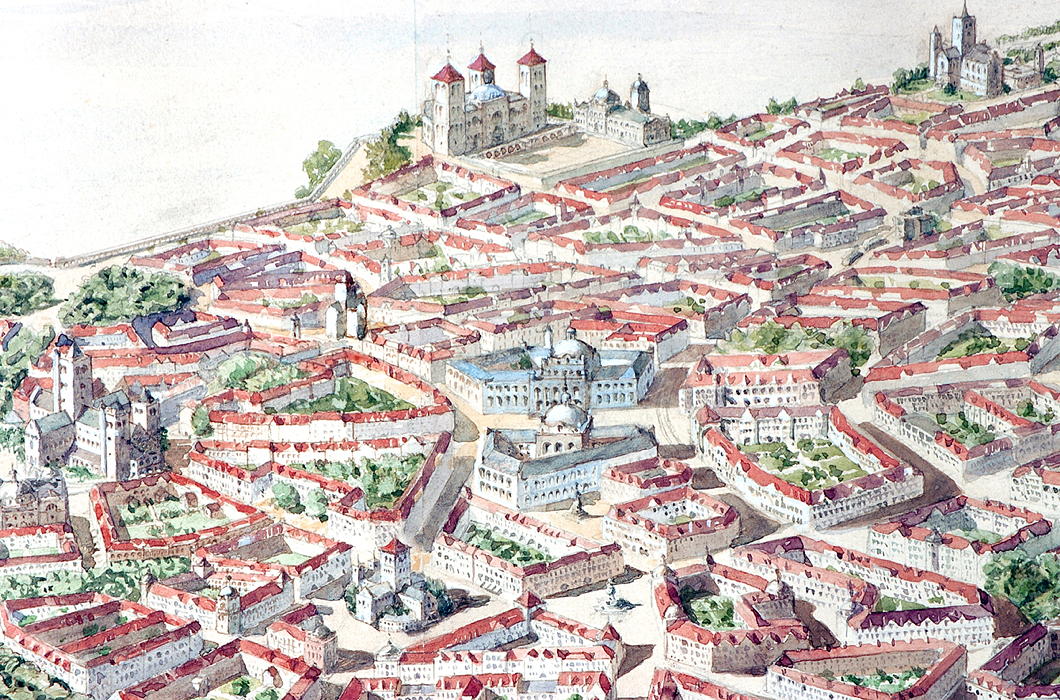
At the near-midpoint of the street connecting the Cathedral to the State Hall, a public square is flanked by a National Art Gallery and Library. Around the Cathedral itself are the National Theatre and the General Post Office.
A stadium is located on the north side of the lake, connected to the city by a bridge, and further provision is made for siting barracks, gas works, a power station, cattle market, and other necessities.
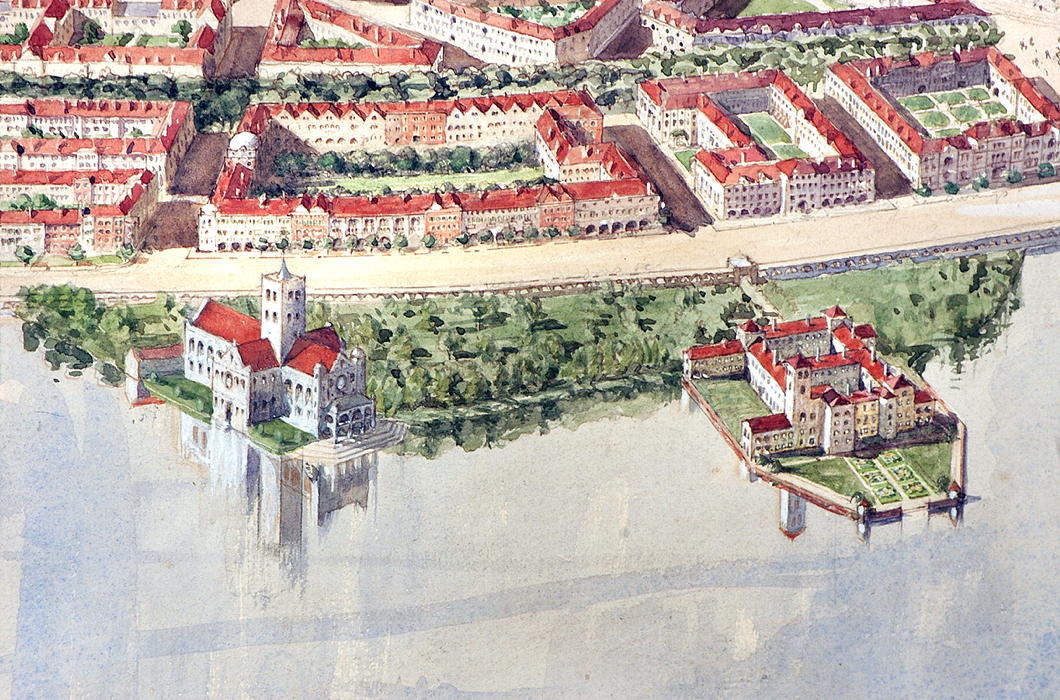
Buildings would chiefly be faced in a light-coloured local stone which gives the plan, deeply influenced by tradition, both a brightness and a more vernacular feel.
To discuss the design of the buildings is tricky: this proposal is an initial plan and, had it been selected, the architect would have had more time to then further refine what he was proposing.
The Houses of Parliament, with their eccentric X-footprint, are a curious conglomeration and not quite right. There seem to be a surfeit of towers that look too similar to one other.
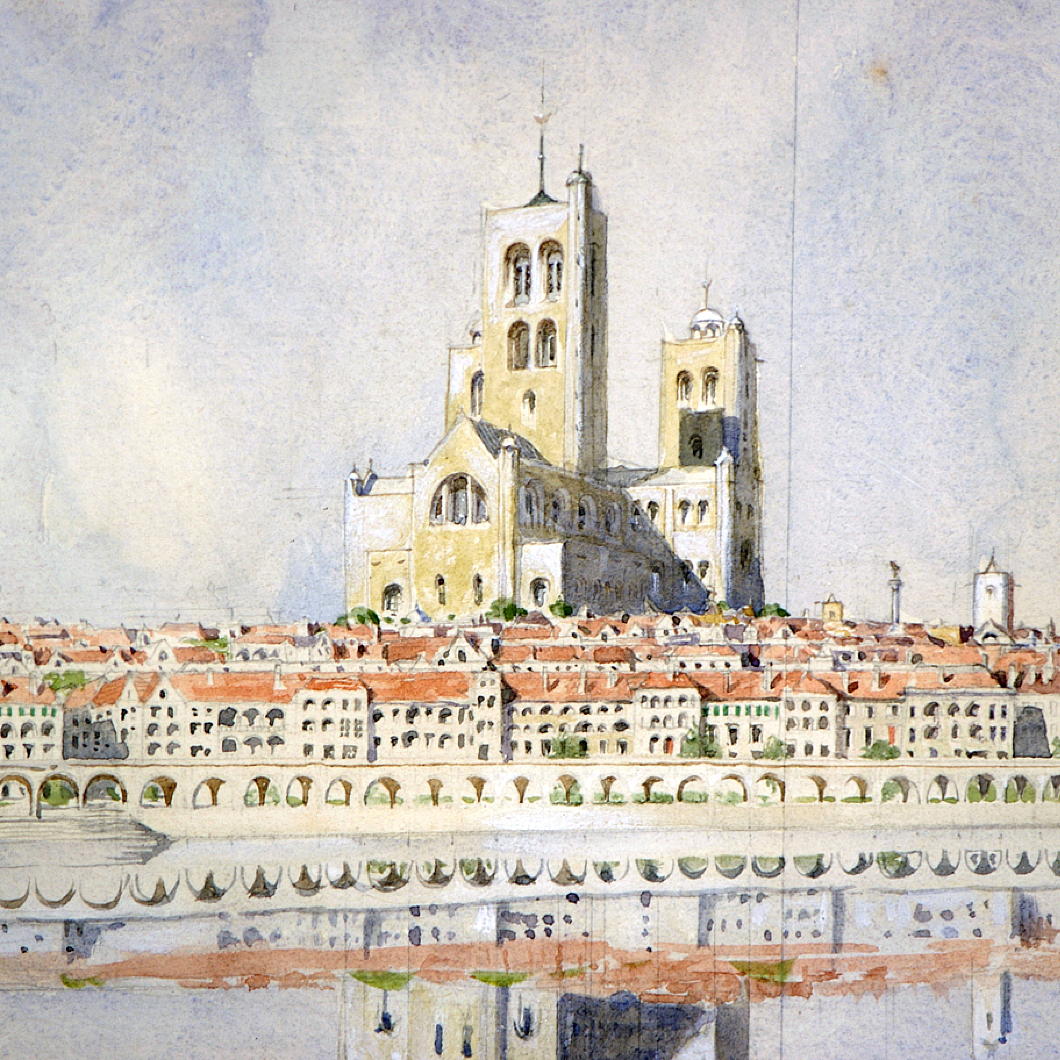
But the Cathedral — my favourite part of Gimson’s plan — is a magnificent creation with an assertive central crossing tower that doubtless would become the visual focus of the city.
The embankment, with its long, generous, 20-foot-deep arcade providing “sheltered walk in hot and wet weather”, is both picturesque and useful.
“While screening in some measure the near part of the lake from the ground floor windows of the houses opposite,” the arcade, Gimson notes, “would enhance rather than diminish, the interest of the wider views.”
Indeed, it provides a useful transition point from lakeside to the rise of the buildings.
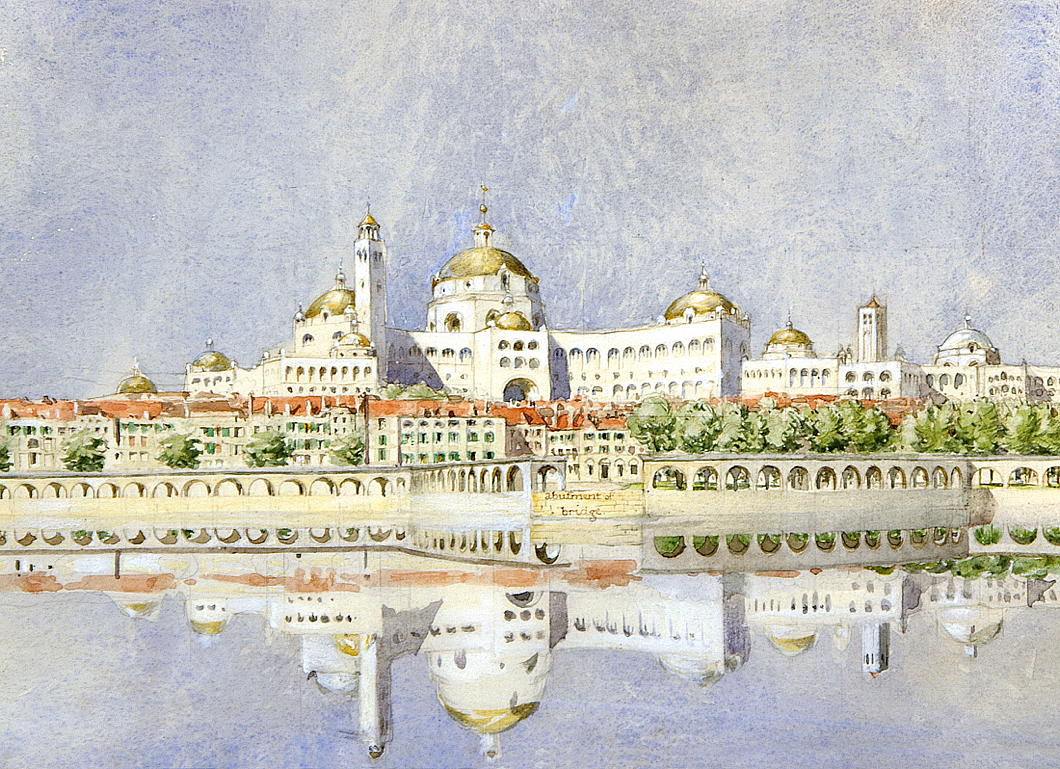
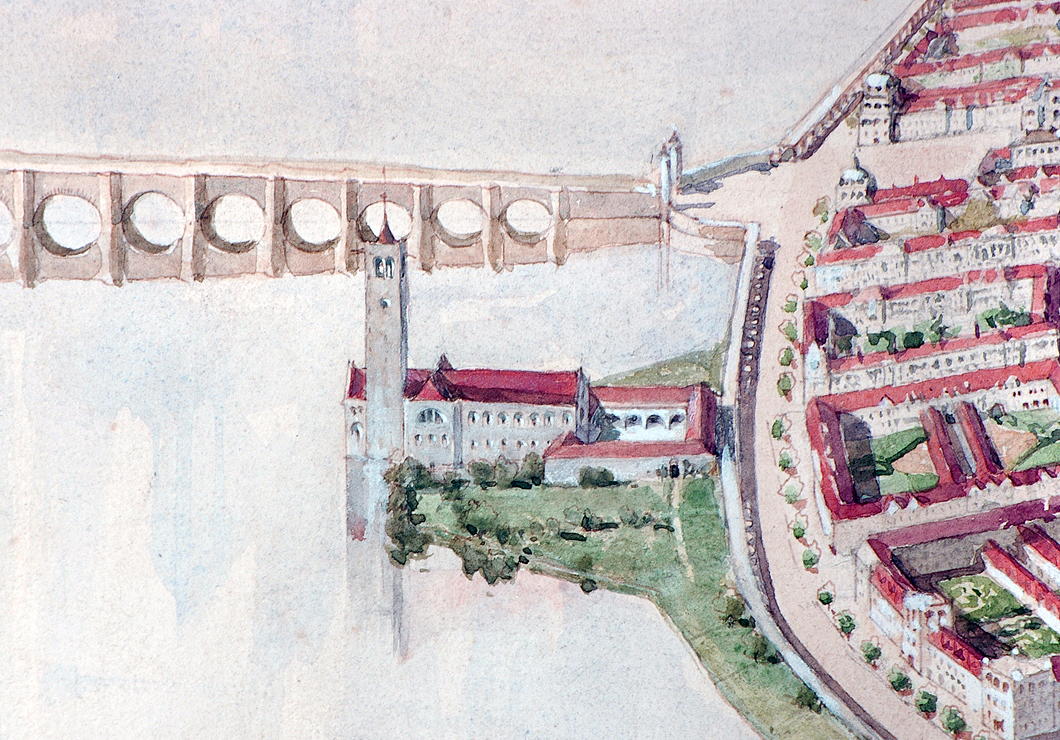
The architect’s layout of streets, public spaces, and important buildings, meanwhile, shows the influence of the aesthetic principles of the Austrian urbanist Camillo Sitte, now unjustly neglected since being contemptuously derided by Le Corbusier and other leading modernists.
Gimson’s Canberra is an unpretentious city: its lack of grandeur is what most likely secured its rejection by the fathers of the young and vigorous nation, who were keen to impress. Burley Griffin provided them with a plan redolent of modernity and progress, but marred by fading modishness.
The Gimson plan would have provided Australia a beautiful modern capital city with a design deeply rooted in tradition, and with appropriate consideration of locality and climate. One can imagine that, as the course of history continued, ‘Old Canberra’ would have formed a handsome and much-loved heart of an ever-growing city.
The humane, natural traditionalism of Gimson’s Canberra would have made it much more popular with ordinary people than the sprawling, overly spacious modern city that Canberra is today. Still, it provides a model that urbanists of the future should be mindful of and take inspiration from.
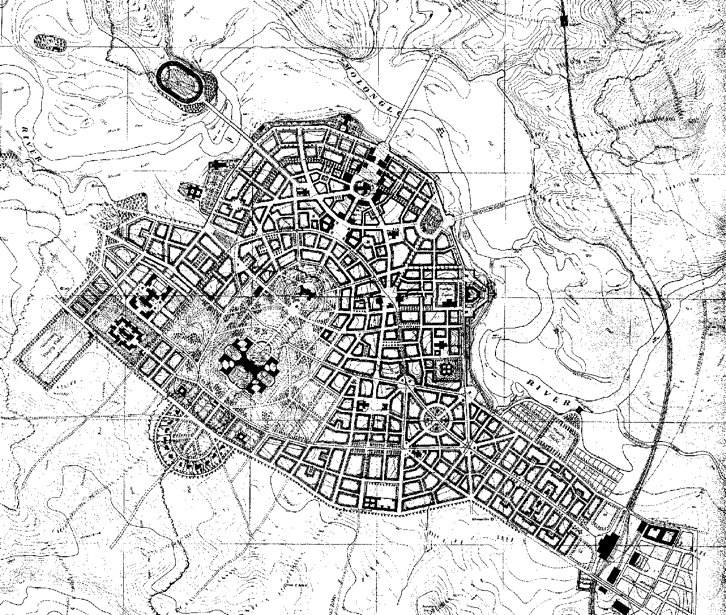

Protestant King in His Catholic Realm
George VI in Quebec
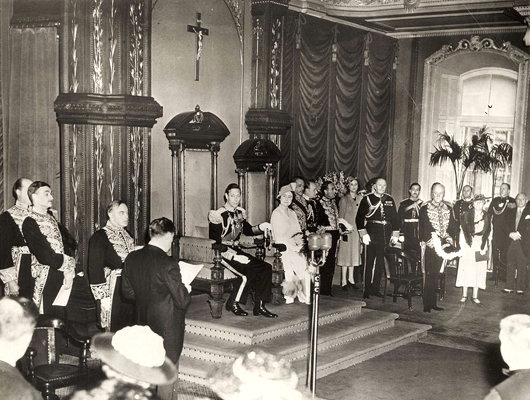
In the midst of some unrelated research the other day, I came across these photos of George VI on his first visit to Quebec as King in 1939. I think the Parlement du Québec is probably the only Commonwealth legislature to have a crucifix in its plenary chamber (c.f. ‘Christ at the heart of Quebec’, 25 May 2008). No, no, of course the Maltese do as well, in their surprisingly ugly parliament chamber. But Malta is now an island republic, while Quebec retains its monarchy.
In the above picture, the King and Queen of Canada hear a loyal address in the Salle du Conseil législatif of the Hôtel du Parlement in the city of Quebec. Below, the King speaks at a state dinner in the Chateau Frontenac. Seated is Cardinal Villeneuve, the Primat du Canada and Archbishop of Quebec.
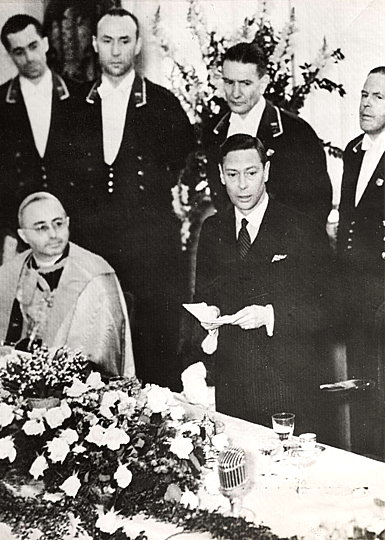
A Rainy Day in Winchester
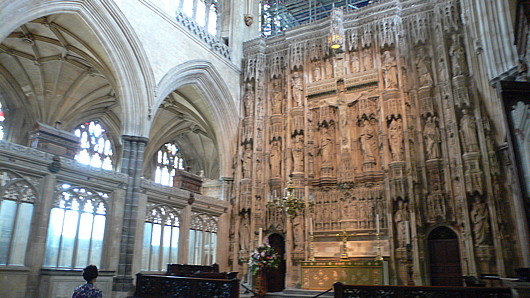
IT WAS LATE summer, neither particularly warm nor cold, and a bit rainy. I hadn’t seen Nicholas in a while but he wasn’t particularly keen on travelling into London. “Why not meet in Winchester?” he suggested, and, never having been to England’s former capital, I thought it was a good idea. I popped on the tube to Waterloo, got on a train, and in no time at all was in the county town of Hampshire. It’s a humanely size town, admirably located, and most famous for its medieval cathedral.
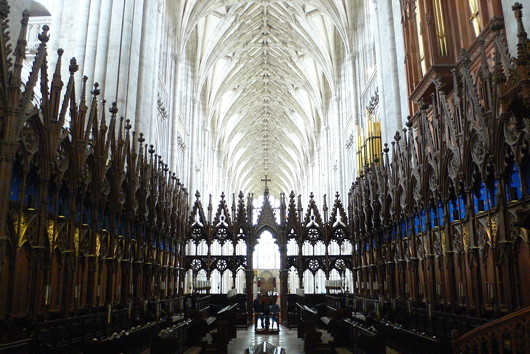
The thieving Protestants, not content with stealing all the cathedrals we built throughout the width and breadth of the land, highten the insult by charging admission to these former shrines and places of worship. I had arranged to meet Nicholas in the Cathedral, though, and the blighters got a good £6.50 out of me. I had a good wander round, though.

These mortuary chests contain the remains of the Saxon royalty of the kingdom of Wessex and later England.
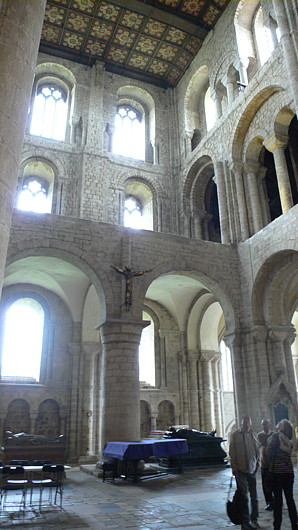
Norman architecture is woefully underappreciated, and might form a useful style to return to today given its relative simplicity. So much Norman architecture was destroyed and replaced by Gothic during later periods of medieval prosperity, but at Winchester the Norman transepts remain.
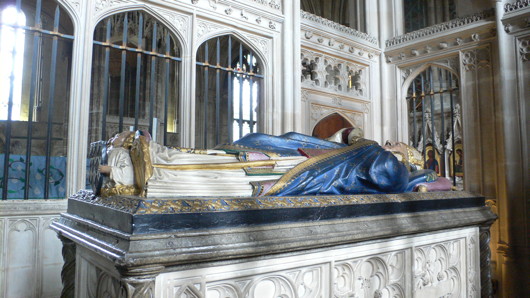
William of Waynflete, buried here, was a high-flyer in his day. He was, varyingly, Bishop of Winchester, Headmaster of Winchester College, Provost of Eton, Lord Chancellor of England, and founded Magdalen College, Oxford. Not a bad innings.
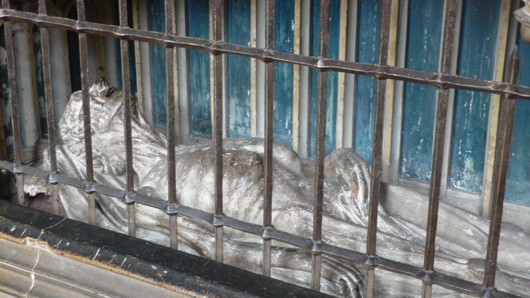
Richard Foxe chose a more macabre memorial, but enjoyed similar success in this world: he was Bishop of Exeter, then of Bath & Wells, then of Durham, and finally of Winchester. He was Lord Privy Seal and founded Corpus Christi College at Oxford. Foxe and Erasmus sometimes wrote to eachother, and his elaborate crozier is on display at the Ashmolean.
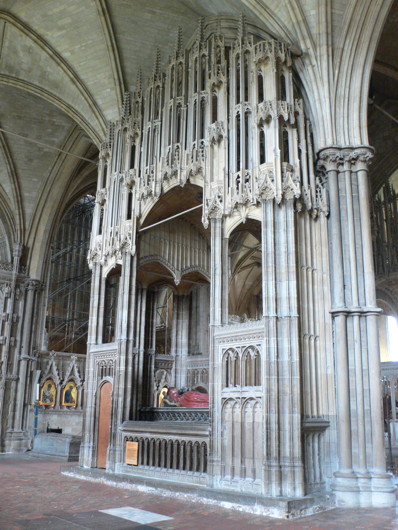
The tomb of Henry Cardinal Beaufort is my favourite memorial in the cathedral. Beaufort — a Plantagenet — was Dean of Wells, Chancellor of the University of Oxford, Bishop of Lincoln, Lord Chancellor of England, and finally Cardinal Bishop of Winchester. He was a sometime papal legate for Germany, Hungary, and Bohemia, and most famously presided over the trial of St Joan of Arc.
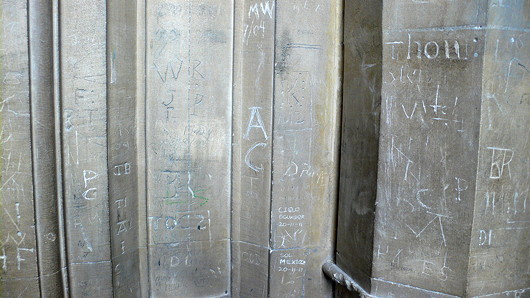
One of the walls was inscribed with graffiti.
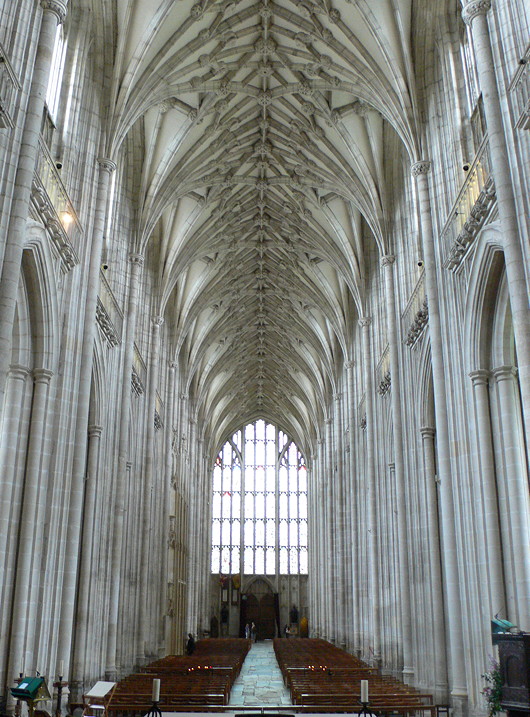
The cathedral is also the final resting place for the earthly remains of Hampshire native Jane Austen, but nevermind that.
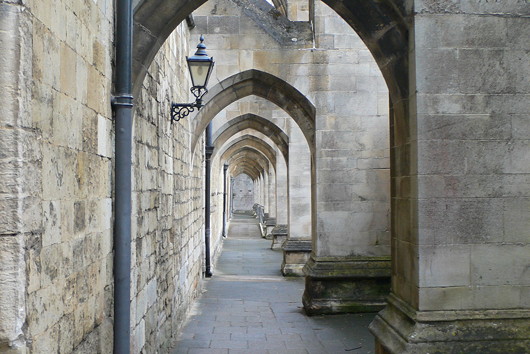
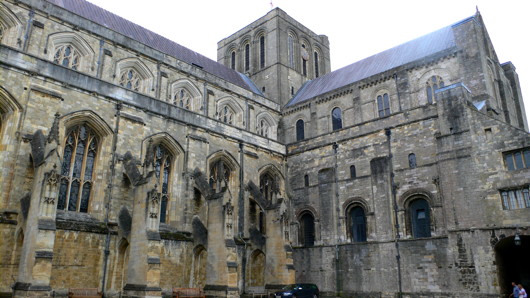
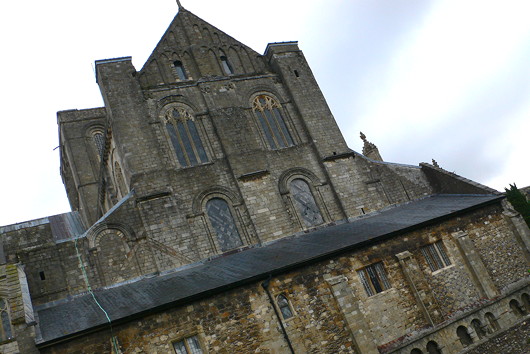
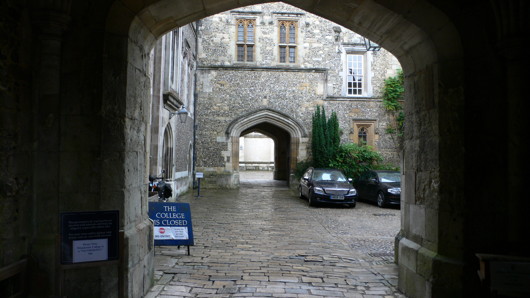
Tours of the College were available, but we decided to leave it for another visit, and went on a wander in the direction of the Hospital of St Cross.
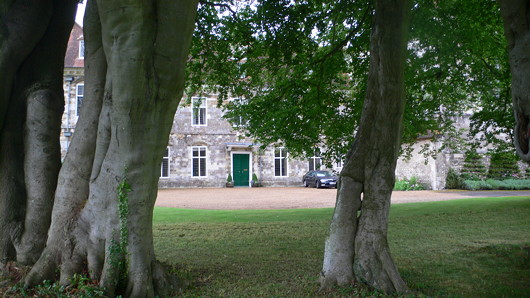
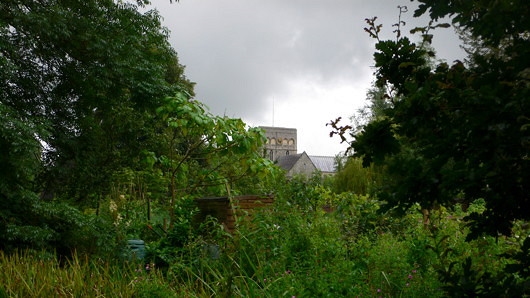
The Hospital of St Cross and Almshouse of Noble Poverty is the oldest charitable institution in England and the largest medieval almshouse. The church could be a small cathedral in and of itself, but as we arrived an interment was taking place, so we thought it best that it, too, was left for another day.
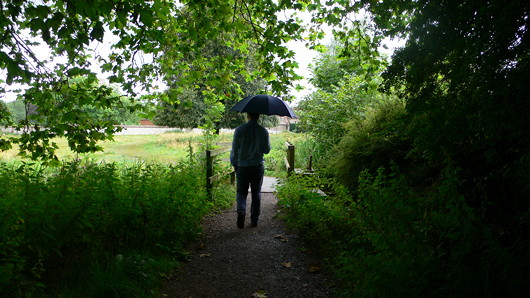
Search
Instagram: @andcusack
Click here for my Instagram photos.Most Recent Posts
- Faithful Shepherd of the Falklands April 8, 2025
- Articles of Note: 8 April 2025 April 8, 2025
- Proportionality Destroys Representation April 8, 2025
- Sag Harbor Cinema March 26, 2025
- Teutonic Takeover March 10, 2025
Most Recent Comments
Book Wishlist
Monthly Archives
Categories

